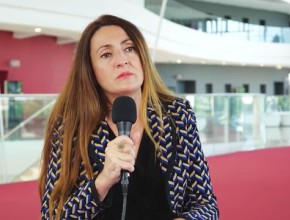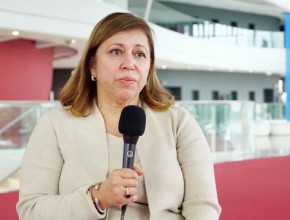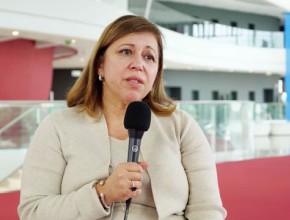References
Shepstone L, Lenaghan E, Cooper C, et al; SCOOP Study Team. Screening in the community to reduce fractures in older women (SCOOP): a randomised controlled trial. Lancet. 2018 Feb 24;391(10122):741-747. doi: 10.1016/S0140-6736(17)32640-5. Epub 2017 Dec 16. PubMed PMID: 29254858.Ioannidis G, Jantzi M, Bucek J, et al. Development and validation of the Fracture Risk Scale (FRS) that predicts fracture over a 1-year time period in institutionalised frail older people living in Canada: an electronic record-linked longitudinal cohort study. BMJ Open. 2017 Sep 1;7(9):e016477. doi: 10.1136/bmjopen-2017-016477. PubMed PMID: 28864698; PubMed Central PMCID: PMC5588955.
How can we predict osteoporotic fractures in an elderly patient? What are the best tools to diagnose osteoporosis that help in decision-making?
Alexandra Papaioannou, MD: As far as the decision-making for older adults is concerned, there is a number of tools available internationally. One of them, the most common, is the Fracture Risk Assessment Tool (FRAX) that is very much country specific. There are other tools, such as the Garvan Institutes’s Fracture Risk Calculator, that include the risk of falls.
Until now we were not sure whether FRAX is cost-effective in identifying individuals at high risk for fracture, and indeed the SCOOP (Screening for Osteoporosis in Older Women for the Prevention of Fracture) study that was just published in The Lancet demonstrated in the primary care setting that you can identify high-risk individuals, treat them appropriately, and reduce the risk of hip fractures within 5 years.
For those who are living in long-term care, we have developed a tool for McMaster University called the Fracture Risk Scale [available at gerascentre.ca] that is geared for those in nursing homes. It does not include bone mineral density (BMD) and looks at risk factors such as delirium, dementia, wandering, and falls in addition to prior fractures.
 English
English
 Español
Español
 українська
українська










